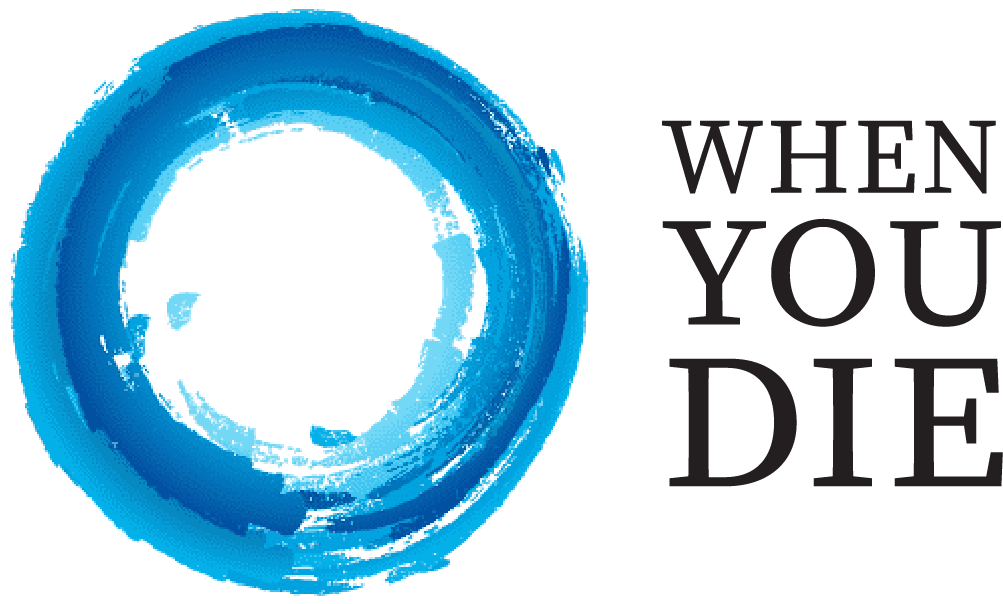When You Die Podcast with Olivia Bareham
… if dying is a verb, then it’s something that we can do. And we can either do it well, or we can do it poorly. And so, if that’s the case, then there must be a pathway to learning how to do it well. And that puts one in a place of humility, I think. I want my dying to be as well or as good as humanly possible. So, show me how to do that. What do I need to awaken, to let go of, be aware of, to make my dying be as good as possible. – Olivia Bareham
For more information on Olivia and her work go to sacredcrossings.com

